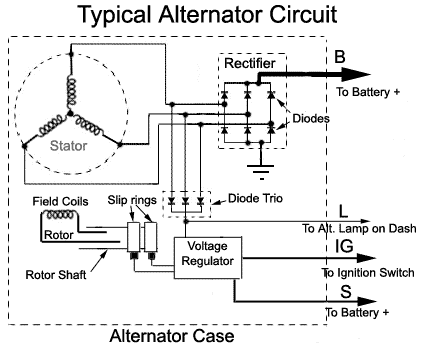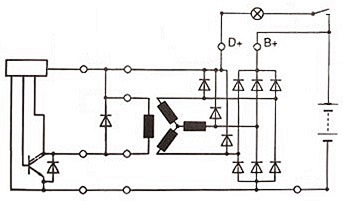I am learning about self-excitation in alternators.
My understanding is that there is residual magnetism in the rotor. As it spins, this generates a current in a stator which is then fed to the (rotating) field coils to increase the strength of the magnetic field, and thus the output voltage.
If the current fed to the field coils were constant, (I think) we would be done. The constant current through the field coils would generate a constant magnetic flux relative to the position/orientation of the coils. Since the field coils are rotating, the magnetic field is rotating relative to the stator. This induces a current in the stator.
However, if the output of the stator due to residual magnetism is fed into the field coils (as during build up), won't the field coils thus be fed an alternating current? Won't this imply that the field coils generate a magnetic field that alternates with respect to the position/orientation of the coils? Won't that imply that imply that the magnetic field "pulses" but does not "rotate" relative to the stator?
If I have correctly identified this "problem," is the solution some form of AC->DC conversion?




